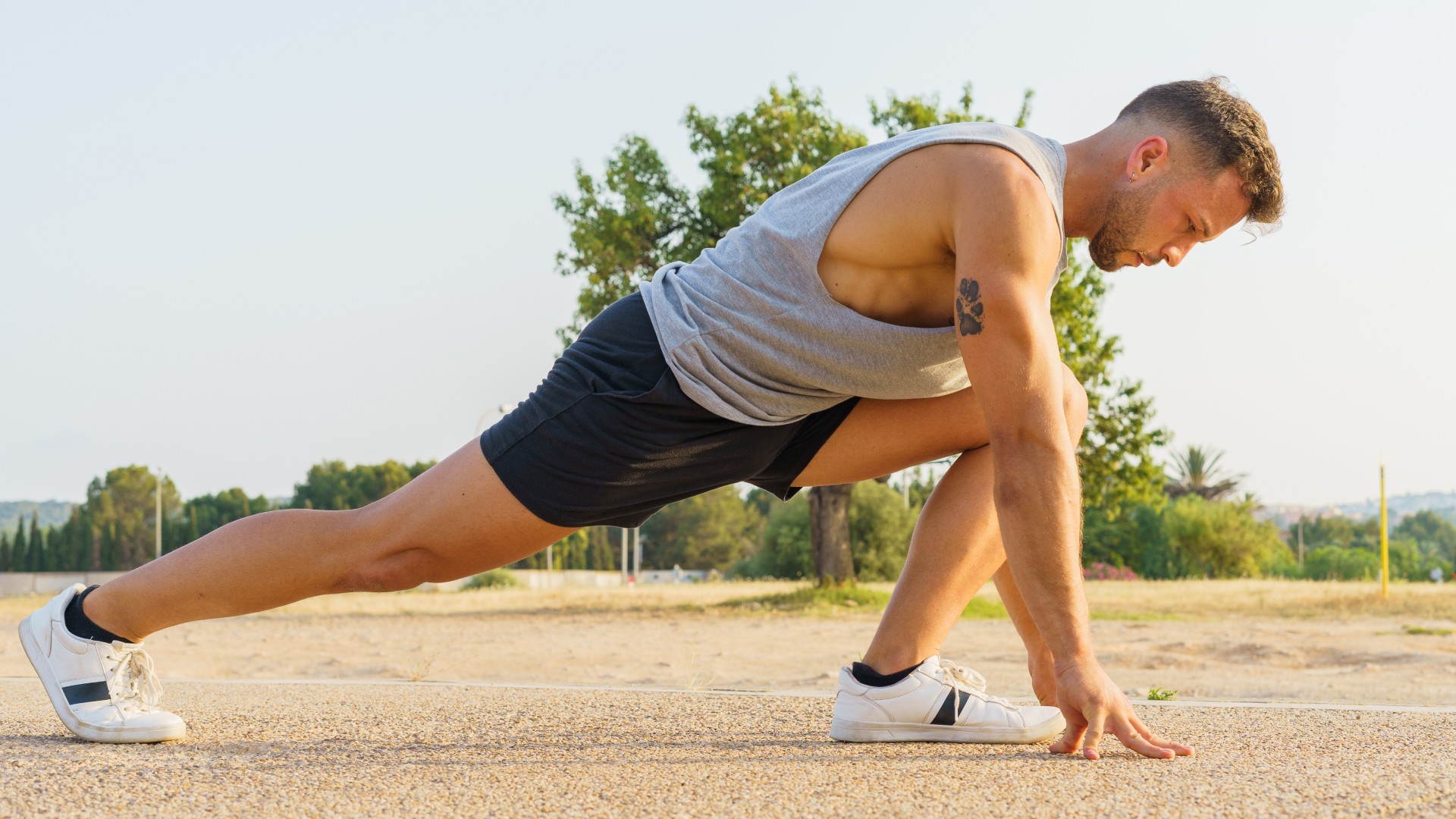
While it’s not true of everyone, as a general rule runners are very keen on running, and not very keen on much else. By that I mean the supportive strength and stretching work that can be vital to helping you to improve as a runner, as well as help you to avoid injury.
I’m a marathoner and I’ll be the first to admit I don’t do enough of this kind of supportive training. I asked an expert for a strength workout for runners earlier which has helped, but my stretching routine has been the same for years — I just do this yoga for runners routine from YouTube over and over again.
With the hope of improving my post-run stretching in particular, I asked certified personal trainer and founder of Stretchergy Ramon Felix for his advice. Stretchergy is an online platform that provides stretching routines to suit different goals, one of which is to improve sports performance. Felix created this 7-move post-run mobility routine for runners to help to stay limber and run better.
Ramon Felix’s 7-move mobility routine for runners
You can do this routine either straight after a run, or throughout the week, or ideally both. It doesn’t take long to work through the moves and you’ll feel the benefit both during and outside of your running.
You need a foam roller for the first move in the routine, and some kind of band to wrap around your foot for the hamstring stretch — you can use a belt or a yoga strap for this. Other than that, the only other piece of equipment you might need is a yoga mat for the floor stretches.
Felix has provided photos of all of the stretches you can use to get the position right, along with some advice for each. There’s no hard instructions to follow on how long to do each stretch for, but aim to do each for 30-60 seconds, and aim to get deeper into the stretch over that time period if you can.
The routine is designed to focus on each of the major lower body muscle groups you use while running in turn, making it intuitive to understand and follow. If you have one area that you know gives you more grief than others — it’s hips, for me — then maybe focus on doing that stretch for longer.
IT Band Foam Roll
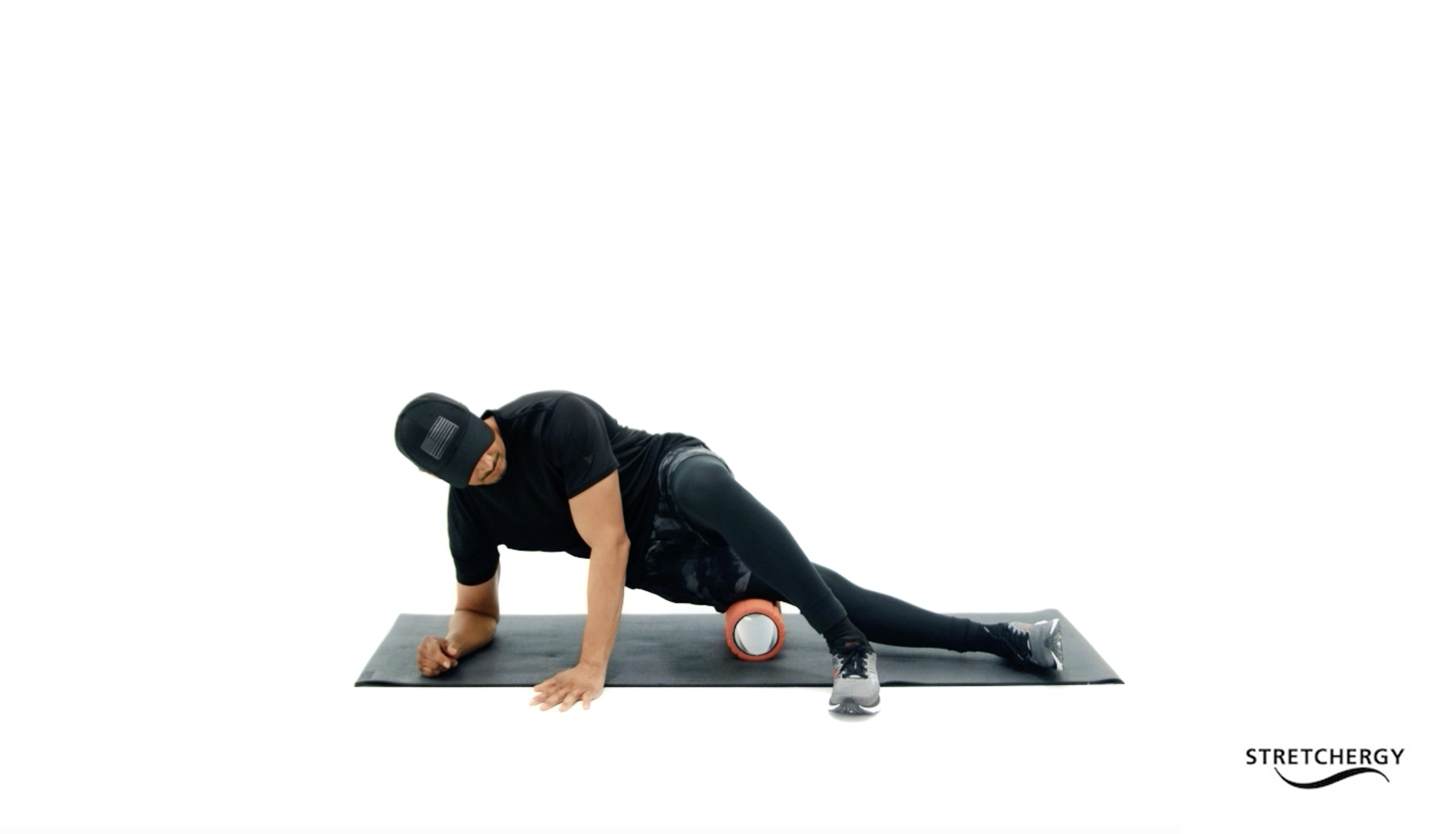
“Doing this foam rolling exercise will improve tissue mobility in your legs,” says Felix. “It will also reduce the pressure on your knees and help fend off IT Band syndrome.”
Hip Stretch
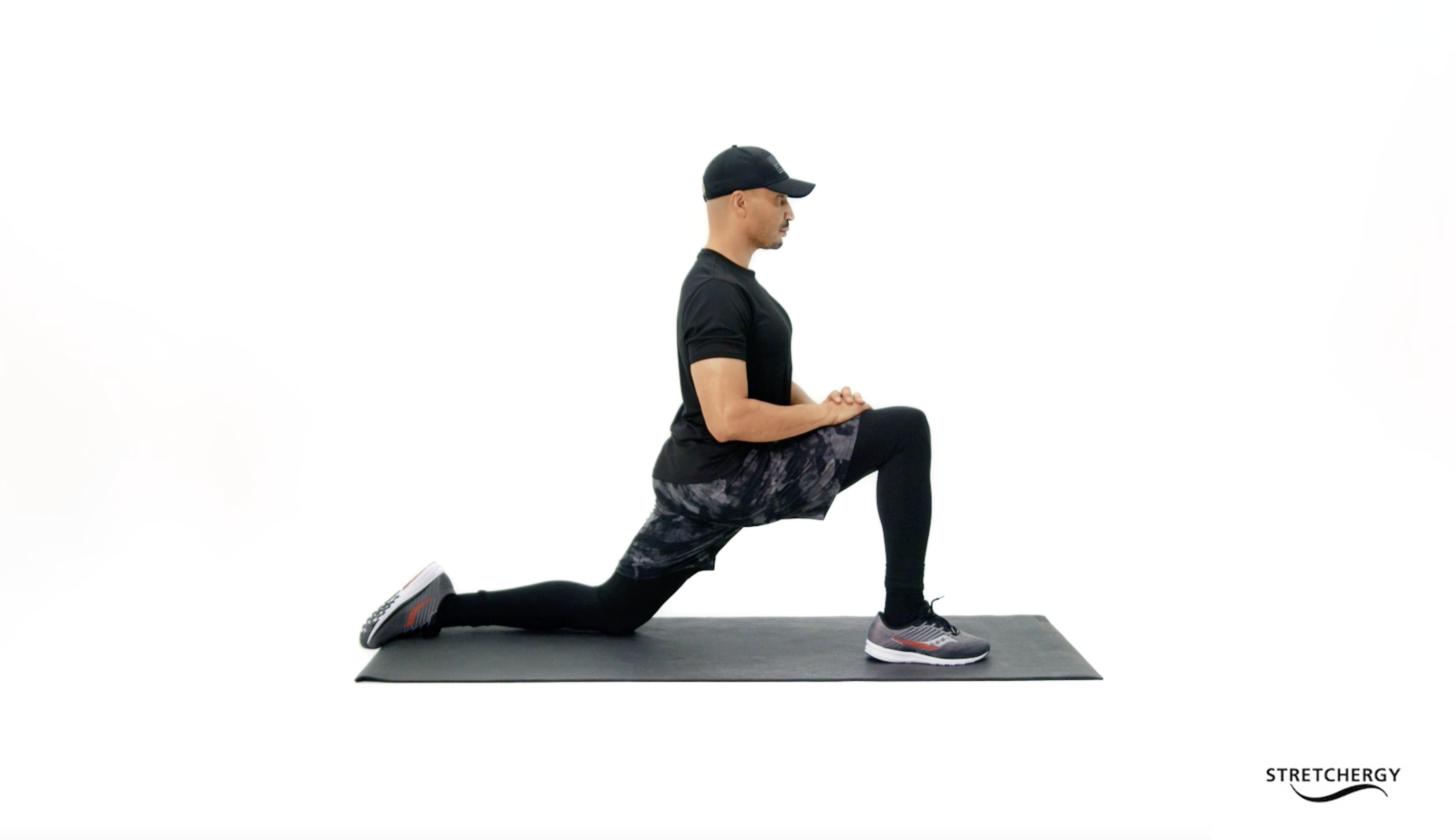
“Your hips are one of the most important muscles you have to stretch as a runner,” says Felix. “A lack of flexibility here will cause back and knee pain, and will negatively affect your performance.”
Glute Stretch
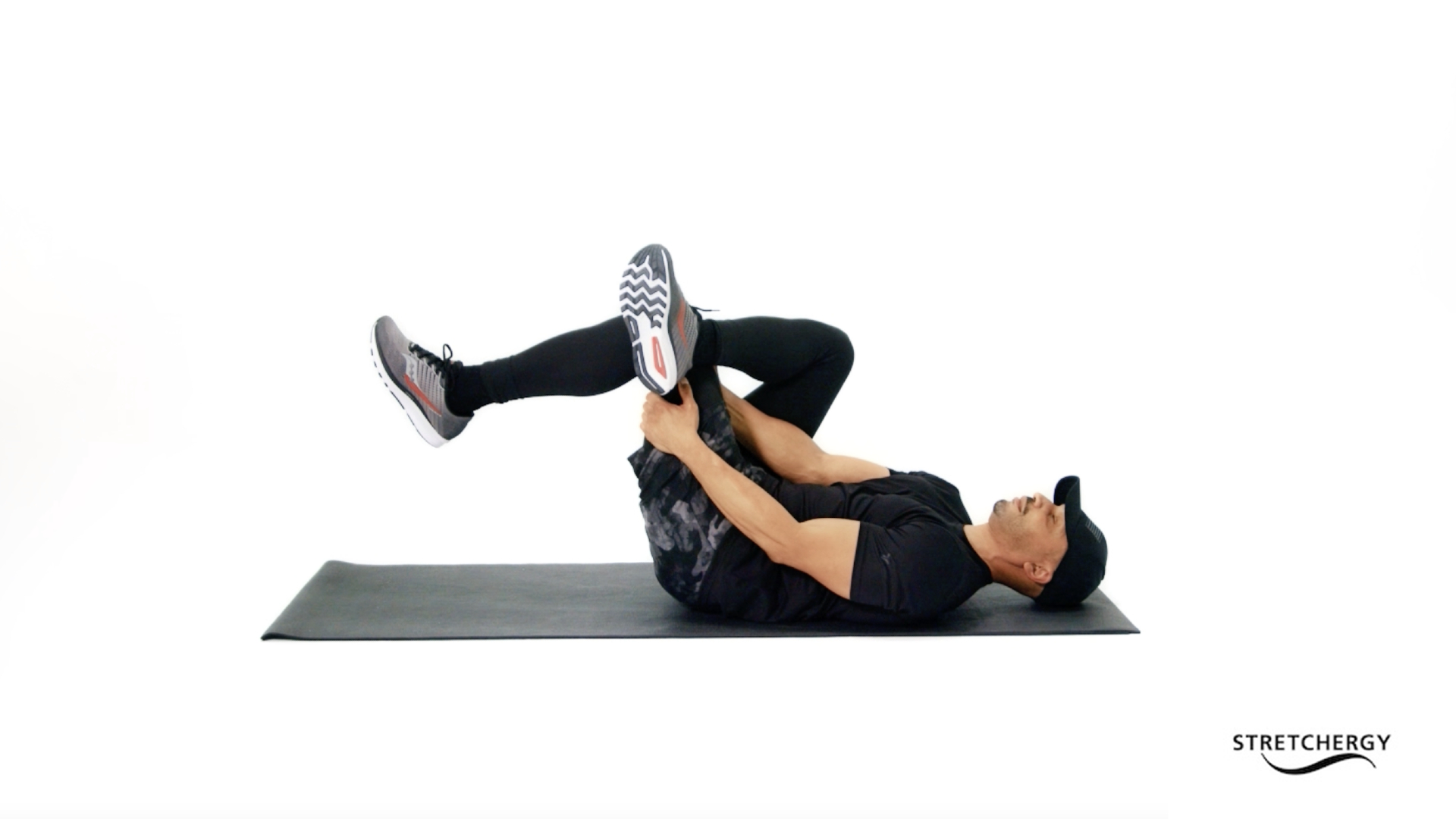
“Our glutes help propel us forward when we run,” says Felix. “By having tight glutes we are diminishing our power when we run, putting pressure on your lower back and hamstrings.”
Hamstring Stretch
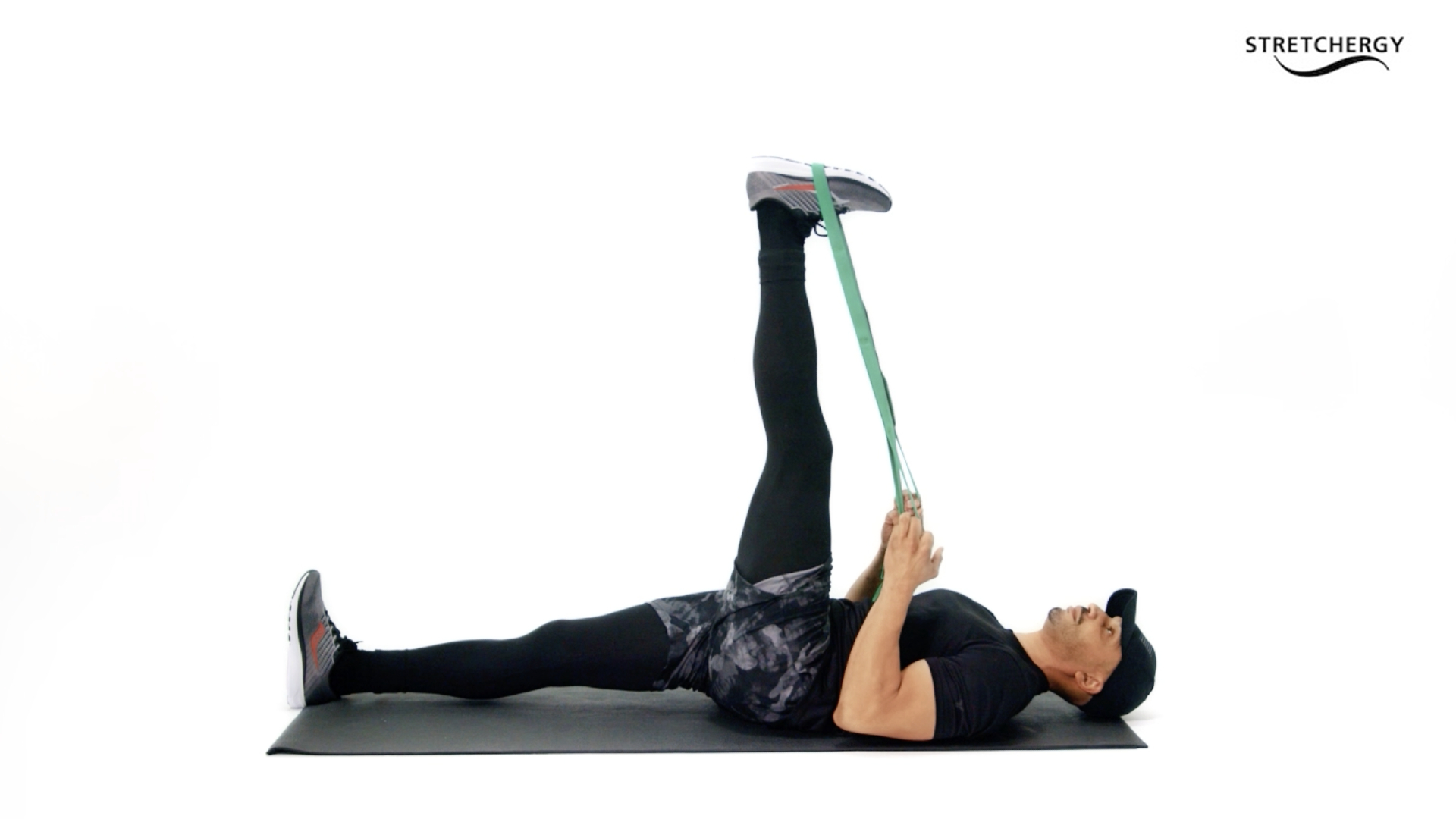
“Your hamstrings are responsible for knee flexion and are constantly engaged when you run,” says Felix. “Hamstring strains are common in the running community, and stretching your hamstrings regularly will help protect your body from strains and sprains.”
Quad Stretch
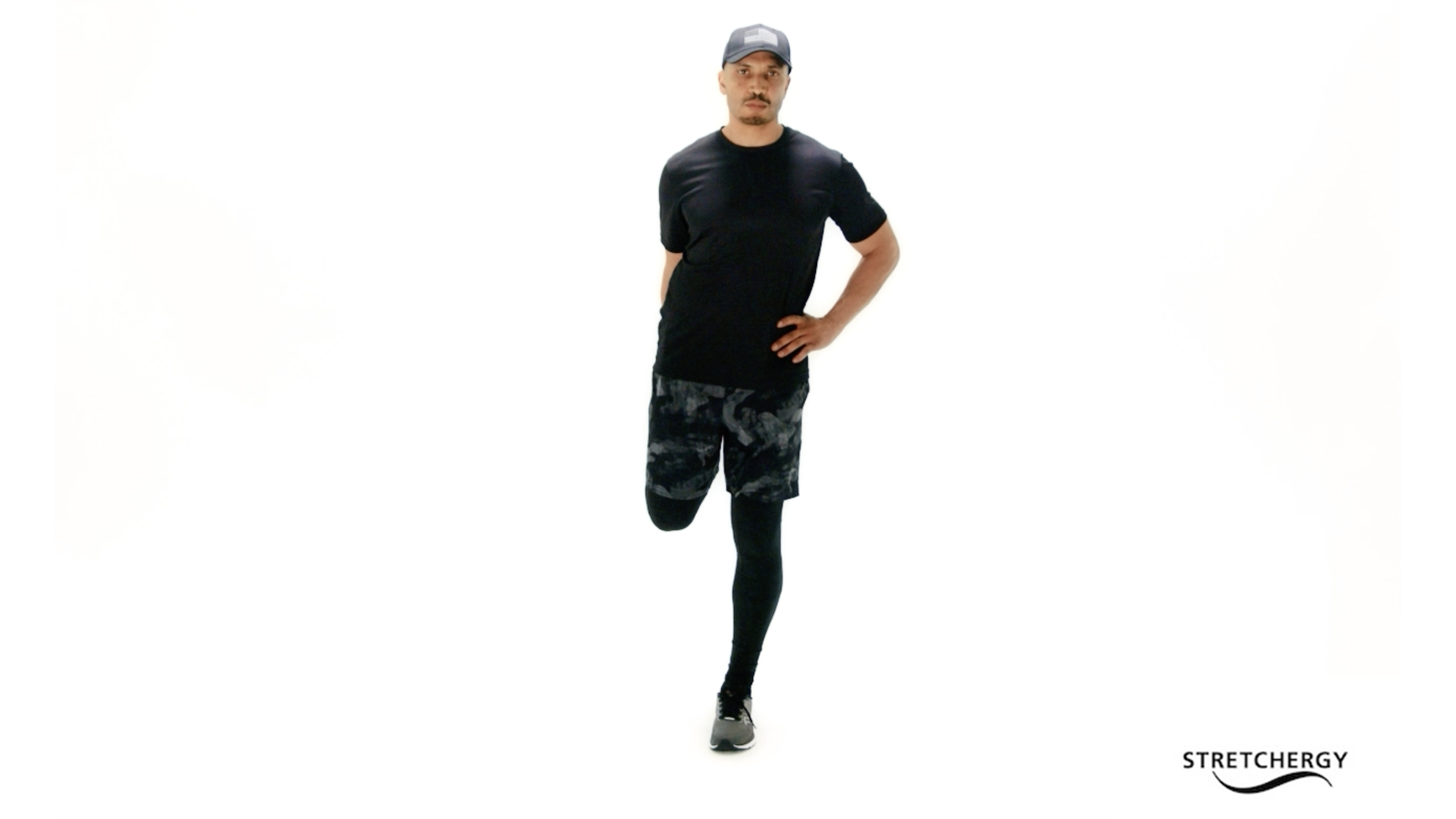
“Your quads connect directly to your knees, and are responsible for extending your legs,” says Felix. “They play an important role when it comes to running and jumping. To protect your knees, do this stretch daily.”
Bent Knee Calf Stretch
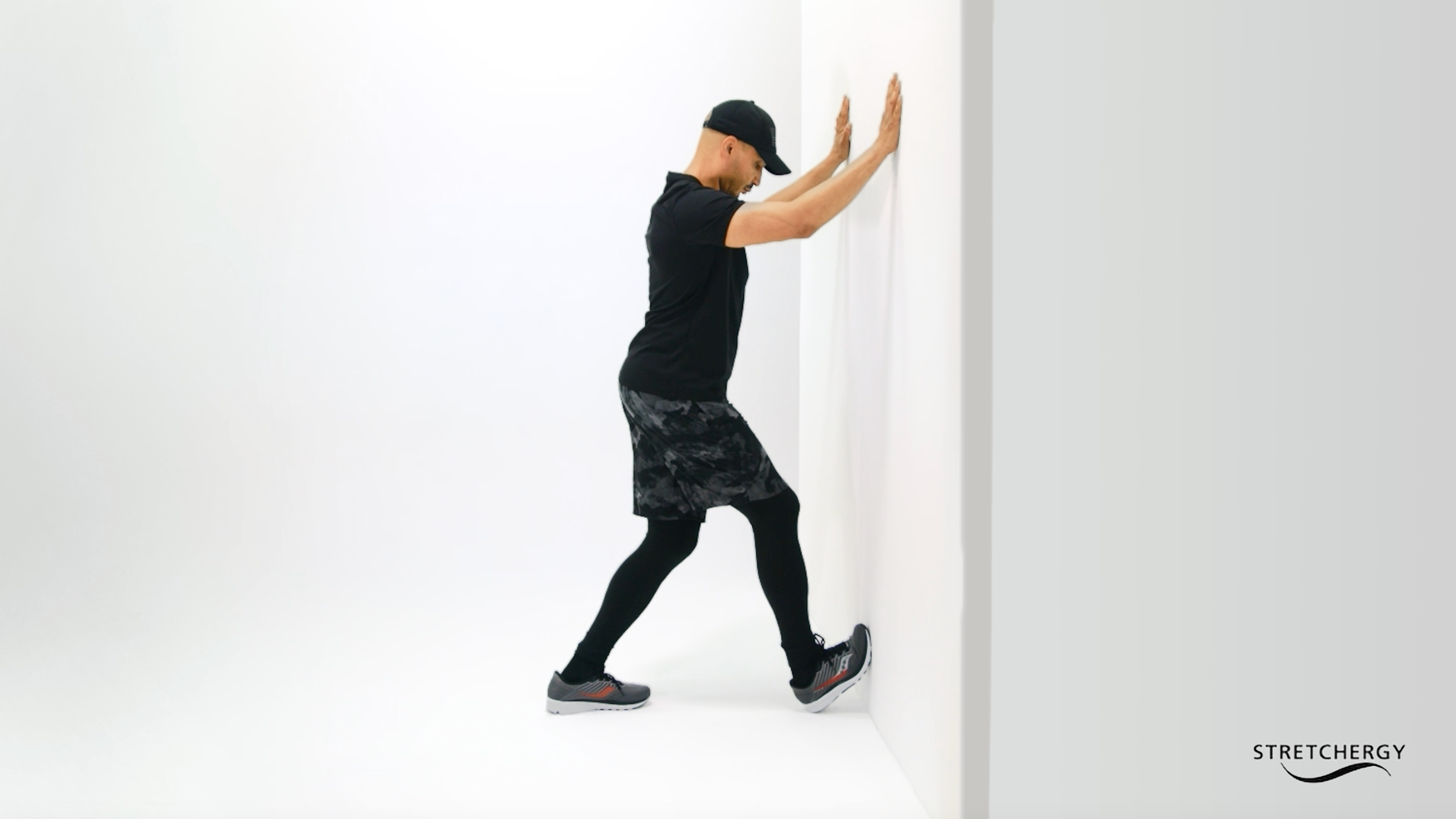
“Stretching this muscle will help the ankle move through a full range of motion,” says Felix. “It will also help with plantar fasciitis.”
Straight Leg Calf Stretch
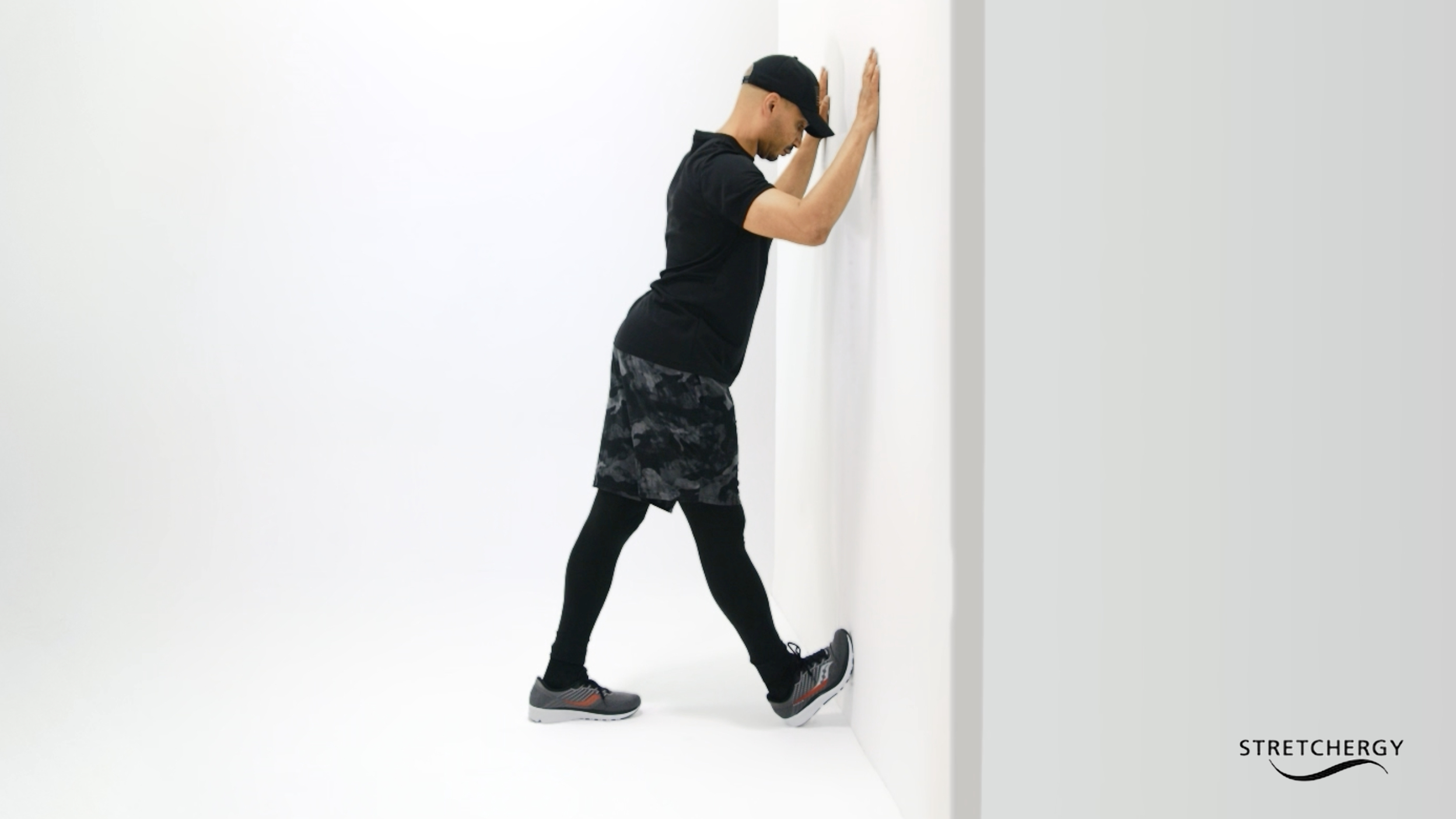
“Doing this stretch will positively impact your running mechanics,” says Felix. “When the upper calf is chronically tight your foot won’t flex properly causing you to compensate and over use other muscles.”







